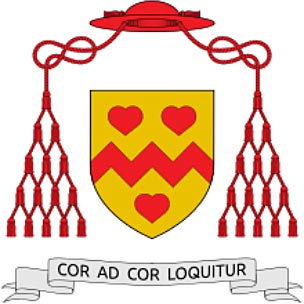Our Churches
What is a Parish?
‘A Parish is a stable community of the faithful within a particular church whose pastoral care has been entrusted to a parish priest, under the authority of the diocesan bishop.’ (CIC, 515)
The above canon describes a parish as ONE stable community, which is formed within a ‘particular Church’. A particular church is not a building, as it is mistaken so frequently. A particular church is what we call a Diocese. The Bishop is the pastor of the whole diocese, who appoints a priest as pastor (parish priest) of a parish.
Our Parish of Saint John Henry Newman was founded in 2010 and includes two churches, St Wulstan’s in Totteridge and Our Lady of Grace in Booker. Originally, these two churches were two distinct parishes, which were merged together into ONE single Parish. Prior to May 2012 it also included two chapels (Mass centres), St Edmund Campion’s in Hazlemere and St James the Great’s in Downley. Following the decision for the Parish to be served by a single priest, final Masses were held at St Edmund Campion’s and St James the Great’s on Sunday 13th May 2012.
The historical notes at the foot of this page, on the chapels of St James the Great and St Edmund Campion, may be of interest to parishioners, in particular residents of the Downley and Hazlemere areas.
Details of Masses and all other activities will be found in our weekly Newsletter. The most recent edition can be downloaded by clicking the link at the top of this page.
St Wulstan’s
Hollis Road, Totteridge, HP13 7UN
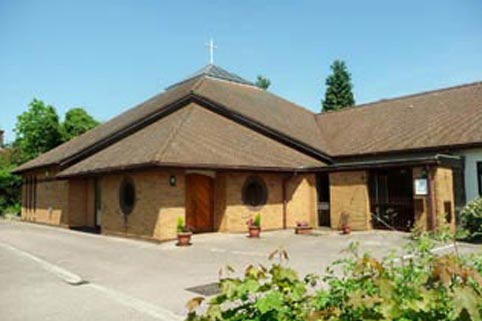
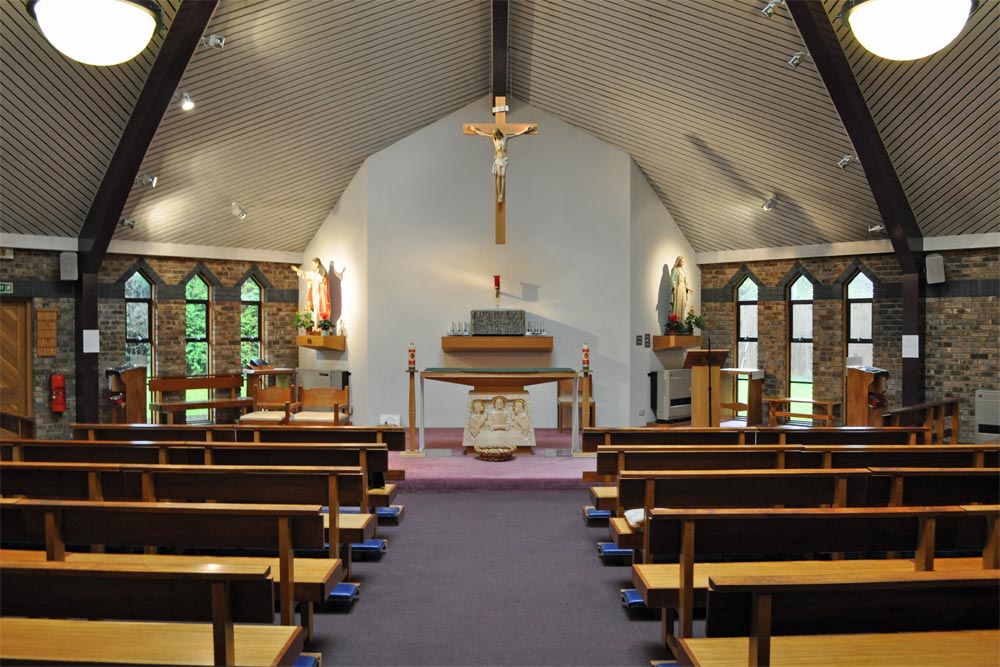
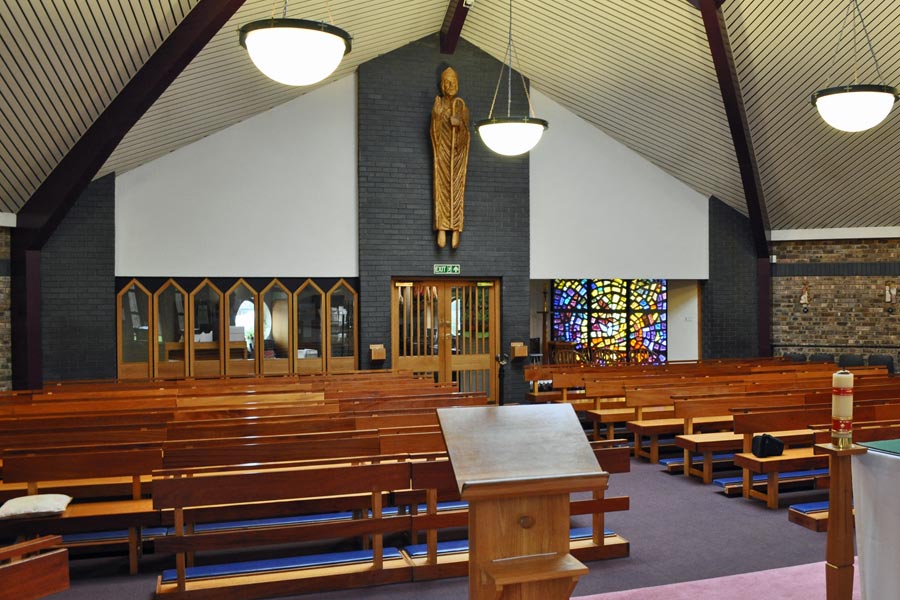
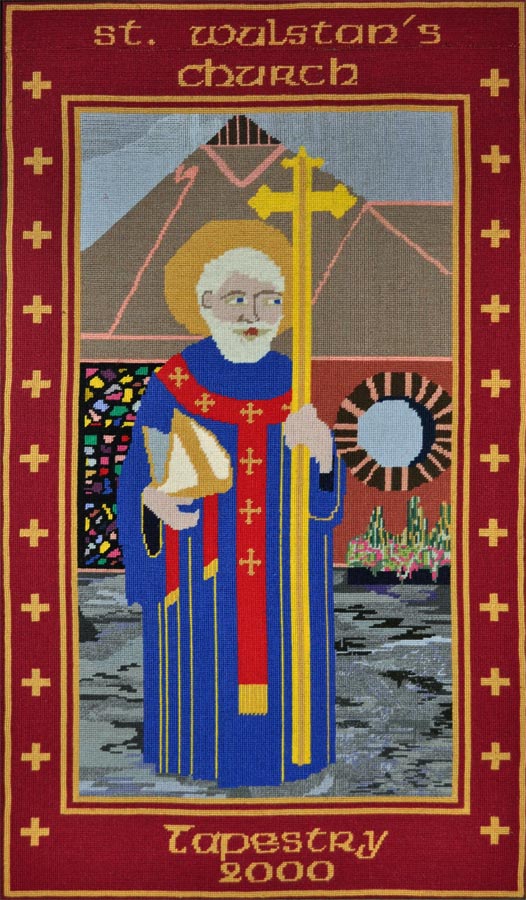
Our Lady of Grace
Squirrel Lane, Booker, High Wycombe HP12 4RY
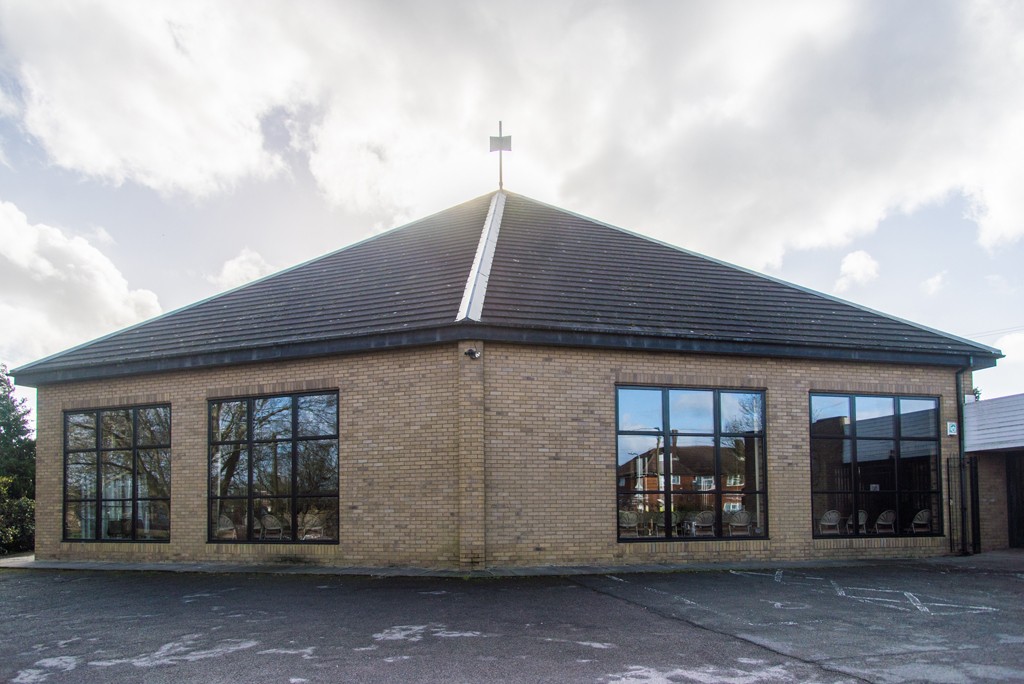
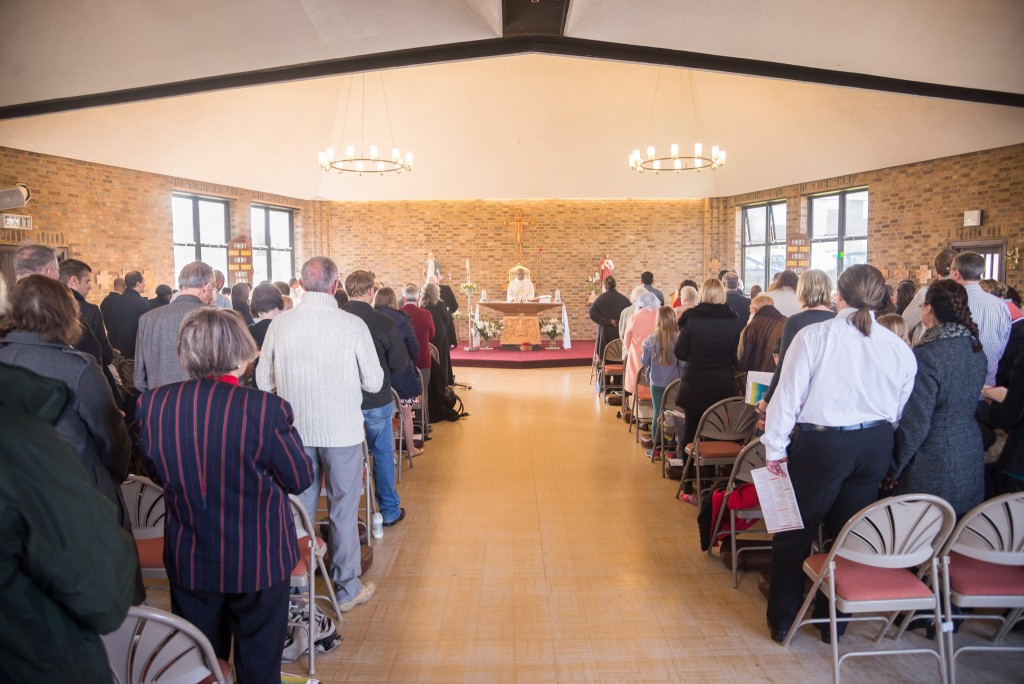
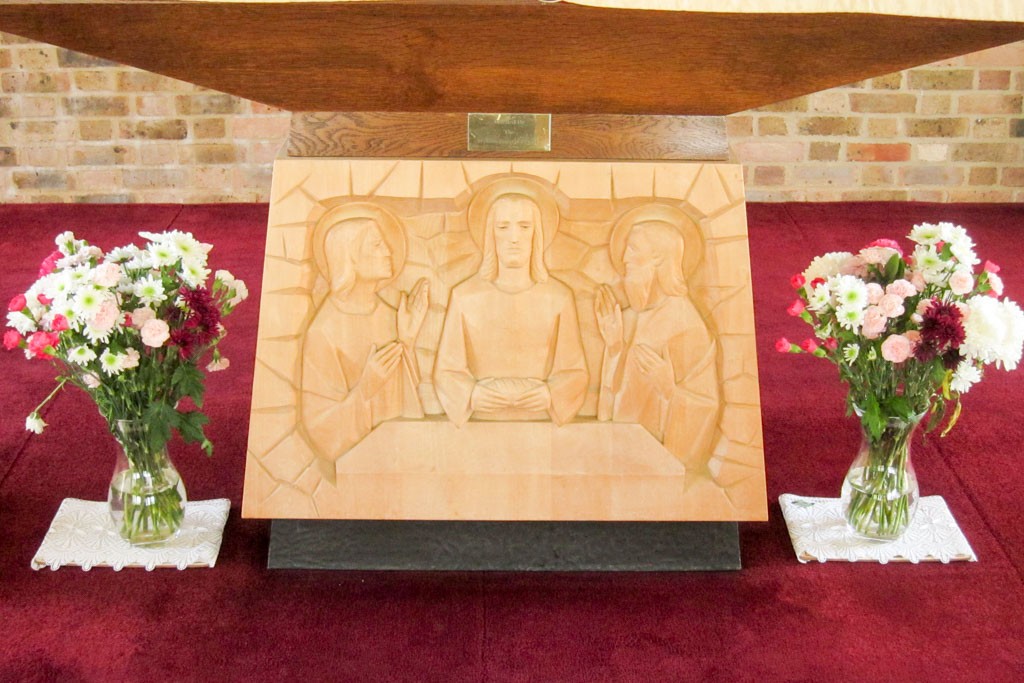

St James the Great
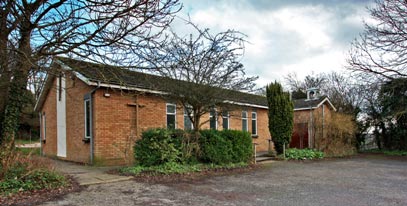
Pictured above, the present church of St James The Great was a shared place of worship and social gathering that met the needs of both Anglican and Catholic communities in Downley from 1975 until 2012. Sadly, the ownership of St James The Great buildings now rests solely with the Church of England, following a Final Mass on Sunday 13th May 2012.
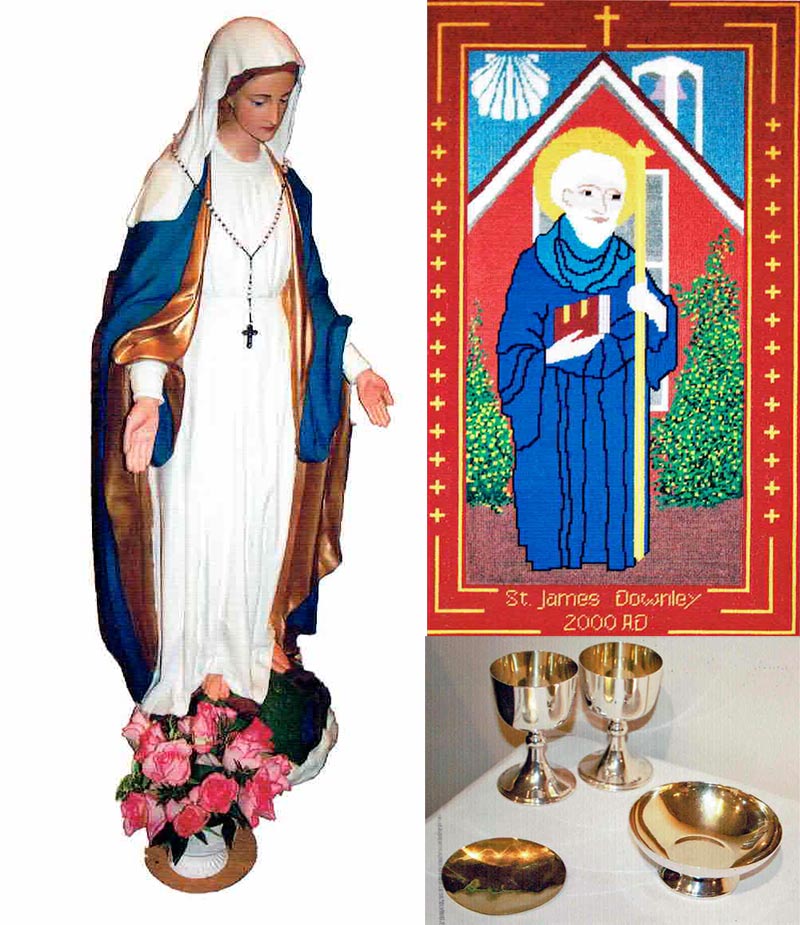
Artefacts now at OLG, originating from St James the Great church
The History of St James The Great Church.
The first Anglican church of St James The Great in Downley was built in 1873. It was a corrugated iron building on Commonside at the junction with Narrow Lane. The second St James’ was built on the present site in 1939, on land donated to the church by Sir John Dashwood. Initial plans for a large building were curtailed by lack of funding and the start of the Second World War, which led to a shortage of building materials. Only the sanctuary and transepts were completed at this point, with the open end of the building blocked off by a wooden wall. This state of affairs lasted for approximately thirty years, and it was known near and far as the ‘Half Built Church’.
The Catholic community in Downley was first associated with St James’ Anglican Church in 1970 when they negotiated the use of the church hall (then an old corrugated iron hut) as a Mass Centre, served from St Augustine’s in High Wycombe. The cost of hire was £1 per week.
By 1970 however, this building had to be demolished and a plan was proposed to build a church and community centre on the site. A joint Steering Committee of Anglicans and Catholics was formed to investigate the possibility of a shared church. Plans were eventually agreed for the construction of a multi-purpose building to function as both a church and a social centre for use by both denominations and available for hire to local community groups.
The new building was opened officially in July 1975 by Bishop Simon Burrows and our own Bishop Charles Grant. The Foundation Stone can be seen outside the entrance to the main door.
About St James The Great
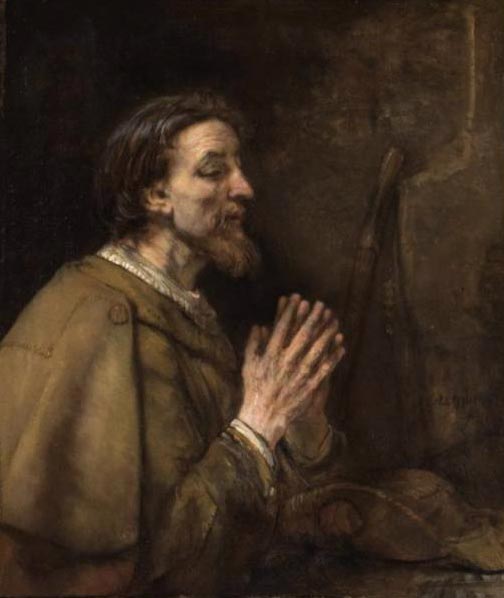
James, one of the Apostles, was the brother of John. The Gospels record that they were fishermen, the sons of Zebedee, partners with Simon Peter, and called by Jesus from mending their nets beside the Sea of Galilee at the beginning of His ministry. The Gospel lists of the Twelve all include James and John among the first four, and from one of them (Mark chapter 3,verse 17) we learn that Jesus nicknamed them ‘the sons of thunder’.
James and John were present at the healing of Peter’s mother-in-law, and at the raising of Jairus’s daughter. They are described in private conversation with Jesus on the Mount of Olives. They were also present, with Peter, at the Transfiguration, a key event in Jesus’s life, and again, the same three disciples are called apart from the others in Gethsemane.
Their mother Salome – or they themselves – asked Jesus to accord them places on his right and his left when he came into his kingdom, when they also declared themselves ready to drink from the same cup as Jesus – i.e. to accept martyrdom. Finally, the sons of Zebedee are specifically mentioned as present at one of the post-resurrection appearances on the lakeshore of Tiberias; and among those gathered in the upper room after the Ascension.
He is known as James the Great to distinguish him from James the Less, or James the brother of the Lord who became a pillar of the Jerusalem community, and is thought to have been the first bishop of Jerusalem (Galatians chapter 1, verse 19 and chapter 2,verse 9).
Thereafter little is known about James the Great, apart from the fact that he was one of the first martyrs of the early church. Acts chapter 2 verse 1 records that he was beheaded by Herod Agrippa in 44AD.
However legend and tradition have it that when the Apostles divided the known world into missionary zones, the Iberian Peninsula fell to James. He is supposed to have spent a number of years preaching in Spain before returning to Jerusalem, and martyrdom. His body is believed to have been miraculously carried to Padrón, on the Atlantic coast of northern Spain, where it was buried. Eight hundred years later his tomb was rediscovered, and the relics authenticated as those of St James by the local bishop. Over the centuries the famous pilgrimage Way of St James developed. This crisscrosses Western Europe to arrive at Santiago de Compostela where his shrine is located and his remains are said to be buried.
James the Great’s Feast Day is 25 July.
St Edward Campion
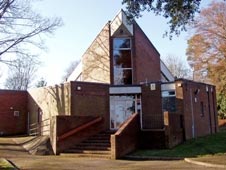
In 1981, Bishop Grant asked Fr George Foley to oversee the building of a church. This was designed to be dual purpose: a church holding one hundred and eighty people on Sundays (plus another twenty in the Blessed Sacrament Chapel) and available for hire to the local community during the week. A fundraising committee was formed and parishioners in the area set about raising the necessary funds. This would have taken many years without the Godsend of a very generous legacy of £159,000 from Olive Kennedy, who is commemorated by an engraved brick in the chapel and an annual memorial Mass. With £24,000 from the sale of some of the land, the eventual cost of £243,000 became a realistic total and a covenant drive was launched in October 1981.
The church was opened on 23 July 1982 and blessed by Canon Diamond (Vicar General) as Bishop Grant had by then retired. The church was dedicated to the most local of the Forty Martyrs of England and Wales: St Edmund Campion.
Fr George became the first priest until 1987 when, on his return to Ireland, the community was handed over to the care of St Augustine’s parish in High Wycombe. Over the years we have all worked together to create a friendly and supportive church.
The Final Mass took place at St Edmund Campion on Sunday 13th May 2012. This was followed by Benediction and formal ceremony of deconsecration, which included the final removal of the Blessed Sacrament from the church.
About St Edmund Campion
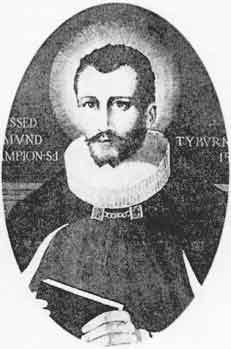
Beatified December 1886, canonized 1970
Edmund Campion was born in London, the son of a Catholic bookseller, who later became Protestant. Anti Catholic feeling during this period of the Reformation meant that England was a hotbed of religious conflict, and from 1534 Catholics were increasingly persecuted for their faith.
After schooling at Christ’s Hospital, his precocious scholarship led him to study at St John’s College, Oxford, where he became a Fellow at only seventeen years of age. He was a renowned speaker and teacher, and was chosen to present an address to Queen Elizabeth at the age of twenty six. He impressed her so much that she tried to recruit him to her service, an offer which he declined. He later became a Deacon of the Church of England, and seemed destined to become a rising star in that church. However he became uneasy about the validity of their teachings, convinced that religious truth lay with the Catholic Church.
In June 1571 he left England to study at the English College at Douai where he was received into the Catholic faith. Three years later he moved to Rome and entered the Jesuit noviciate, afterwards spending time in Vienna and Prague. He was ordained priest in 1578.
In 1580 he returned to England as part of the English Mission, ministering to Catholics in this area (particularly Berkshire, Oxfordshire and Northamptonshire) as well as in the north of England. During this time he wrote his famous pamphlet “Decem Rationes” – Ten Reasons, which argued against the validity of the Church of England. This was secretly printed at Stonor Park, near Henley, a place which frequently provided him with refuge. The pamphlet was distributed anonymously and caused a sensation, leading to an increasingly intensive manhunt. He was finally captured at Lyford Grange, near Wantage and taken to the Tower of London.
Here he was questioned in the presence of Queen Elizabeth, who asked if he acknowledged her as the true Queen of England. He affirmed this, and was offered wealth and dignities if he would renounce his Catholic faith. He refused and remained in prison, being tortured several times. He was summoned to four public conferences and despite having no time to prepare and suffering the effects of torture, he reportedly conducted himself so easily and readily that he won much admiration from those present. He was finally convicted of treason on trumped up charges that he had conspired against the life of the Queen and had fomented rebellion. He and his fellow accused priests received their death sentence by joining in the singing of the Te Deum Laudamus. After spending his last days in prayer he was taken to Tyburn and hanged, drawn and quartered, a martyr for the Catholic faith.
Edmund Campion was Beatified in 1886 by Pope Leo XIII and declared a Saint in 1970 by Pope Paul VI as one of the Forty Martyrs of England and Wales. His Feast Day is 1 December.
